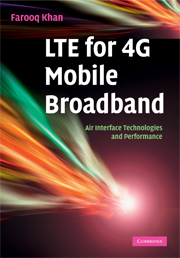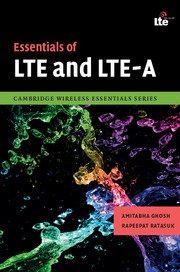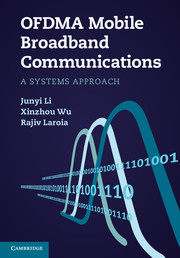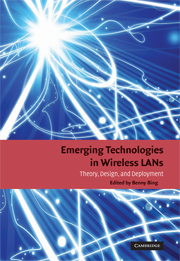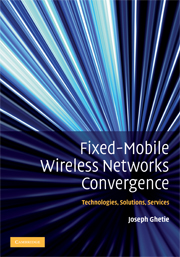LTE for 4G Mobile Broadband
Do you need to get up to speed quickly on LTE? Understand the new technologies of the LTE standard and how they contribute to improvements in system performance with this practical and valuable guide, written by an expert on LTE who was intimately involved in drafting the standard. In addition to a strong grounding in the technical details, you'll also get fascinating insights into why particular technologies were chosen in the development process. Core topics covered include low-PAPR orthogonal uplink multiple access based on SC-FDMA, MIMO multi-antenna technologies, and inter-cell interference mitigation techniques. Low-latency channel structure and single-frequency network (SFN) broadcast are also discussed in detail. With extensive references, a useful discussion of technologies that were not included in the standard, and end-of-chapter summaries that emphasize all the key points, this book is an essential resource for practitioners in the mobile cellular communications industry and for graduate students studying advanced wireless communications.
- Provides an in-depth coverage of the radio-interface technologies for LTE and their contributions to system performance improvements
- Reveals the reasons why certain technologies were selected for the standard during the development process, and also includes a useful discussion of the technologies not selected
- Includes end-of-chapter summaries that draw out and emphasize all the key points
Reviews & endorsements
'This text is especially helpful as an accompaniment to the 3GPP specifications themselves, which offer no explanations as to why one thing or another is included, no hint as to why one protocol technique was chosen over another, or why certain contributions appear only to disappear in later releases. Khan's text offers a welcome set of explanations for pretty much all the mysteries in the specifications; the book gave me a sense of having sat through the LTE formulation process itself. … Farooq Khan gives us a rigorous exploration of the contributing technologies and practices with all the whys and wherefores disclosed. The book is, in my view, a critical accompaniment to the LTE specifications for readers who prefer to understand what they are reading and would like to be able to interpret and actually use the LTE specifications.' Malcolm Oliphant, Award Solutions Inc.
Product details
March 2009Hardback
9780521882217
506 pages
254 × 181 × 27 mm
1.15kg
Available
Table of Contents
- 1. Introduction
- 2. Network architecture and protocols
- 3. Downlink access
- 4. Single-carrier FDMA
- 5. Reducing uplink signal peakiness
- 6. Transmit diversity
- 7. MIMO spatial multiplexing
- 8. Channel bandwidths and structure
- 9. Cell search and reference signals
- 10. Random access
- 11. Channel coding
- 12. Scheduling, link adaptation and hybrid ARQ
- 13. Power control
- 14. Uplink control signaling
- 15. Downlink control signaling
- 16. Inter-cell interference control
- 17. Single frequency network broadcast
- 18. Spatial channel model
- 19. LTE performance verification.

